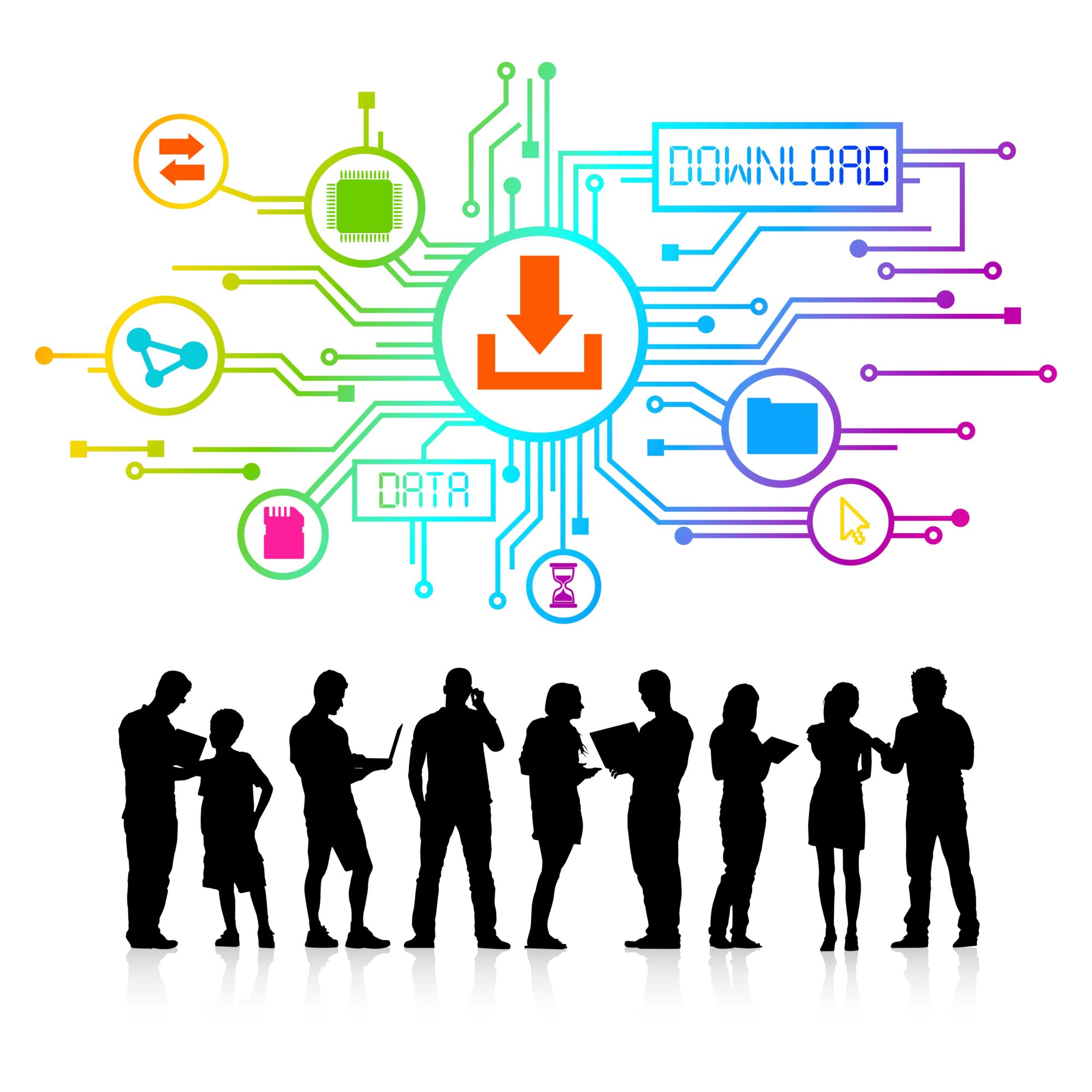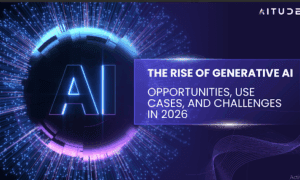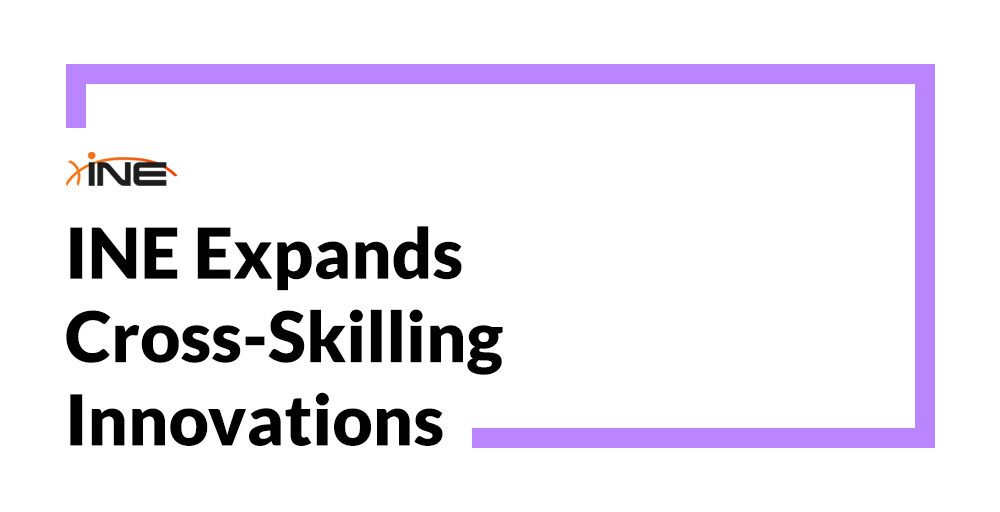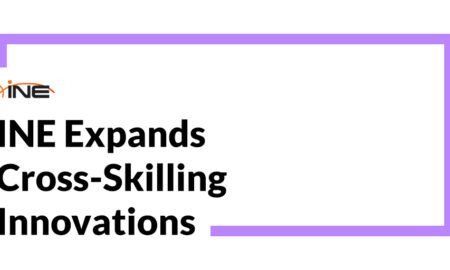The intersection of technology and healthcare has fundamentally transformed how patients access medical services, treatments, and information. Expanded access programs, which provide patients with serious or life-threatening conditions access to investigational treatments outside of clinical trials, have been revolutionized by technological advances. These digital innovations have streamlined processes, improved patient outcomes, and created new pathways for delivering care to underserved populations.
Digital Infrastructure Transforming Healthcare Access
The foundation of modern expanded access programs rests on robust digital infrastructure that enables seamless data exchange and patient management. Through the 21st Century Cures Act, federal policy now demands improved EHR system interoperability—a move designed to foster seamless data exchange between providers, creating the backbone for efficient expanded access operations.
Results from the latest NTIA Internet Use Survey point to significant progress toward achieving universal internet access, with 13 million more Americans gaining internet connectivity between 2021 and 2023. This expansion has been crucial for expanded access programs, as reliable internet connectivity enables real-time communication between patients, healthcare providers, and pharmaceutical companies managing investigational treatments.
The healthcare technology market has experienced unprecedented growth, with these initiatives—spanning EHR interoperability, telemedicine expansion, and advanced cybersecurity frameworks—are reshaping the healthcare IT landscape, boosting healthcare technology statistics, and increasing the healthcare IT market share. This technological evolution has created the infrastructure necessary for sophisticated expanded access platforms that can handle complex regulatory requirements and patient data management.
Telemedicine and Remote Patient Monitoring
Telemedicine has emerged as a cornerstone of modern expanded access programs, enabling patients to receive specialized care regardless of their geographic location. According to Early Access Care (earlyaccesscare.com/services/expanded-access), telemedicine platforms have increased patient participation in expanded access programs by 340% since 2020, with remote monitoring capabilities allowing for continuous patient oversight during investigational treatments.
Expanding Telemedicine Access has become a federal priority, with healthcare systems implementing comprehensive digital health strategies. Remote patient monitoring technologies, including wearable devices and smartphone applications, have enabled healthcare providers to track patient responses to investigational treatments in real-time, improving safety outcomes and reducing the need for frequent in-person visits.
These technological advances have been particularly beneficial for patients in rural or underserved areas, where access to specialized medical facilities may be limited. Digital health platforms can connect patients with expert physicians hundreds of miles away, ensuring that geographic barriers no longer prevent access to potentially life-saving treatments.
Electronic Health Records and Data Integration
The integration of electronic health records has streamlined the application and management processes for expanded access programs. Technological advancement or national policies have made possible the vision for an digital infrastructure that can facilitate seamless interfaces and real-time interoperability of the devices and data streams enabling healthcare providers to the quickly access patient medical histories and coordinate care across multiple specialties.
Modern EHR systems have reduced application processing times for expanded access programs from weeks to days in many cases. Automated data collection and analysis capabilities help identify eligible patients more efficiently, while integrated decision-support tools assist physicians in making informed treatment recommendations based on comprehensive patient data.
The standardization of health data formats has also facilitated better communication between pharmaceutical companies and healthcare providers, ensuring that safety data and treatment outcomes can be shared rapidly and accurately across all stakeholders involved in expanded access programs.
Artificial Intelligence and Machine Learning Applications
Artificial intelligence and machine learning technologies have introduced sophisticated capabilities to expanded access programs, from patient identification to outcome prediction. while machine learning models help predict treatment responses and potential adverse events.
These technologies have proven particularly valuable in rare disease treatment access, where traditional clinical trial recruitment may be challenging due to small patient populations. AI-powered platforms can scan medical records across healthcare networks to identify potential candidates for expanded access programs, significantly expanding the reach of these life-saving treatments.
Predictive analytics powered by machine learning have also enhanced safety monitoring in expanded access programs, enabling real-time risk assessment and early intervention when potential complications arise.
Digital Platforms and Patient Portals
Dedicated digital platforms have simplified the application and management processes for both patients and healthcare providers participating in expanded access programs. These platforms provide centralized hubs for document submission, treatment tracking, and communication between all parties involved in the expanded access process.
Patient portals integrated with expanded access platforms have empowered patients to take more active roles in their treatment journeys. These systems provide educational resources, treatment schedules, and direct communication channels with healthcare teams, improving patient engagement and treatment adherence.
Developers are also combining individual product types into “solutions” that address multiple aspects of patient care, creating comprehensive platforms that support the entire expanded access experience from application to treatment completion.
Regulatory Technology and Compliance Management
Technology has significantly simplified the complex regulatory landscape surrounding expanded access programs. Automated compliance management systems help ensure that all regulatory requirements are met, while electronic submission platforms streamline the process of obtaining necessary approvals from regulatory agencies.
Digital documentation systems maintain comprehensive audit trails, ensuring transparency and accountability throughout the expanded access process. These systems also facilitate rapid reporting of safety data and treatment outcomes to regulatory bodies, supporting the overall safety framework for investigational treatments.
Future Implications and Technological Advancement
The continued evolution of the technology promises even greater improvements in the expanded access programs. Emerging technology such as blockchain for secure data sharing, virtual reality for patient education, and advanced analytics for personalizd treatment matching are poised to the further transform how these programs operate.
Released in March 2020, the Cures Act final rules set forth penalties for information blocking and expanded the access of individuals to their health records, creating a regulatory environment that supports continued technological innovation in healthcare access.
As technology continues to advance, expanded access programs will likely become more efficient, accessible, and effective at connecting patients with potentially life-saving treatments. The integration of these technological solutions represents a fundamental shift toward patient-centered care that prioritizes accessibility, safety, and outcomes in the delivery of investigational treatments to those who need them most.



































